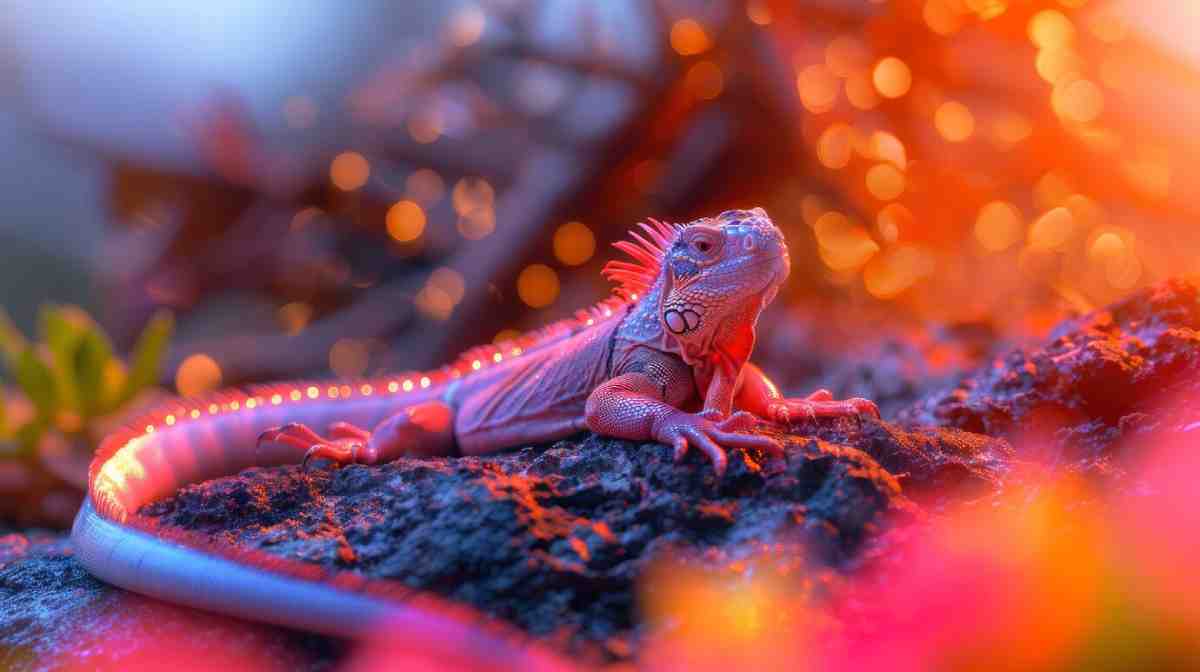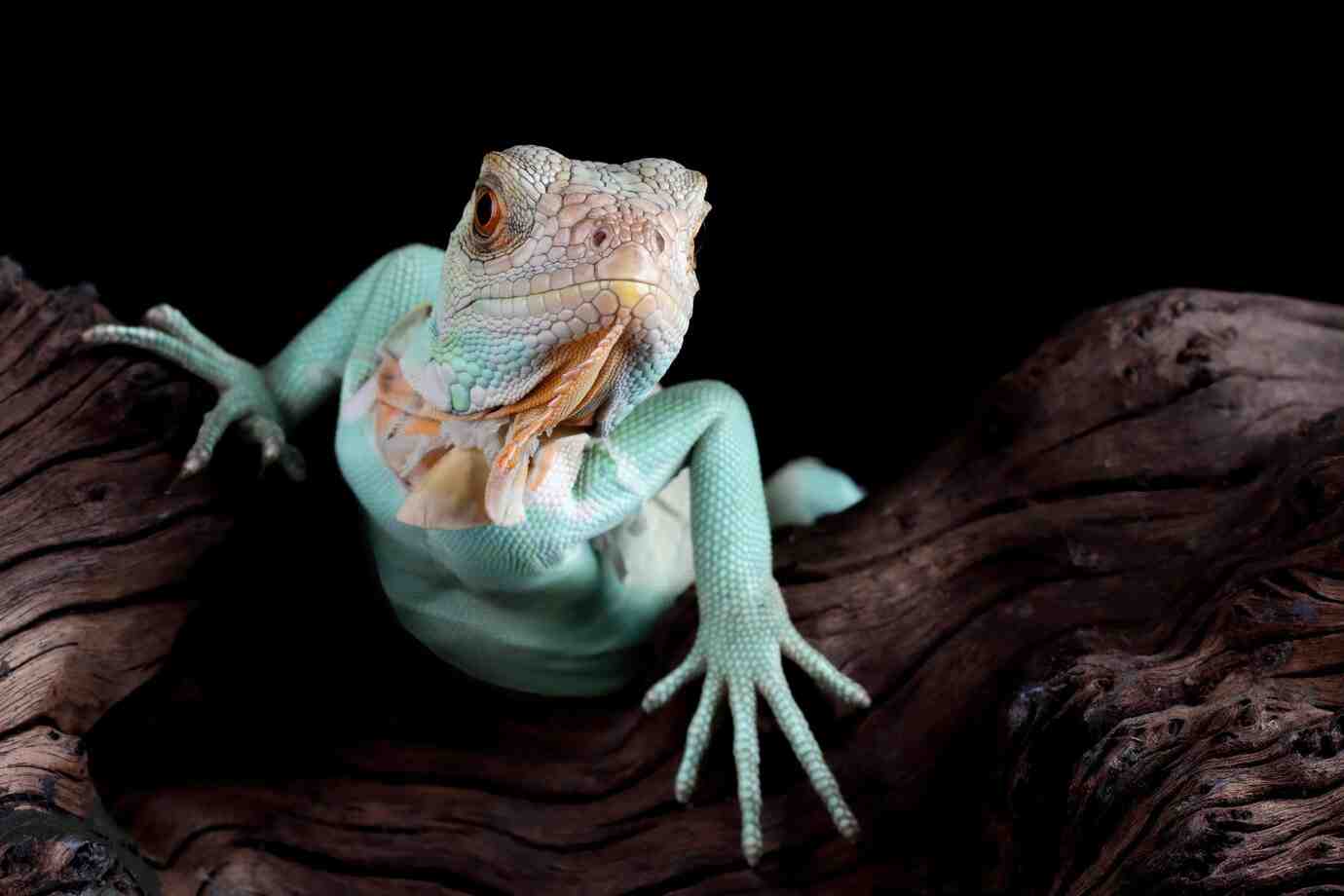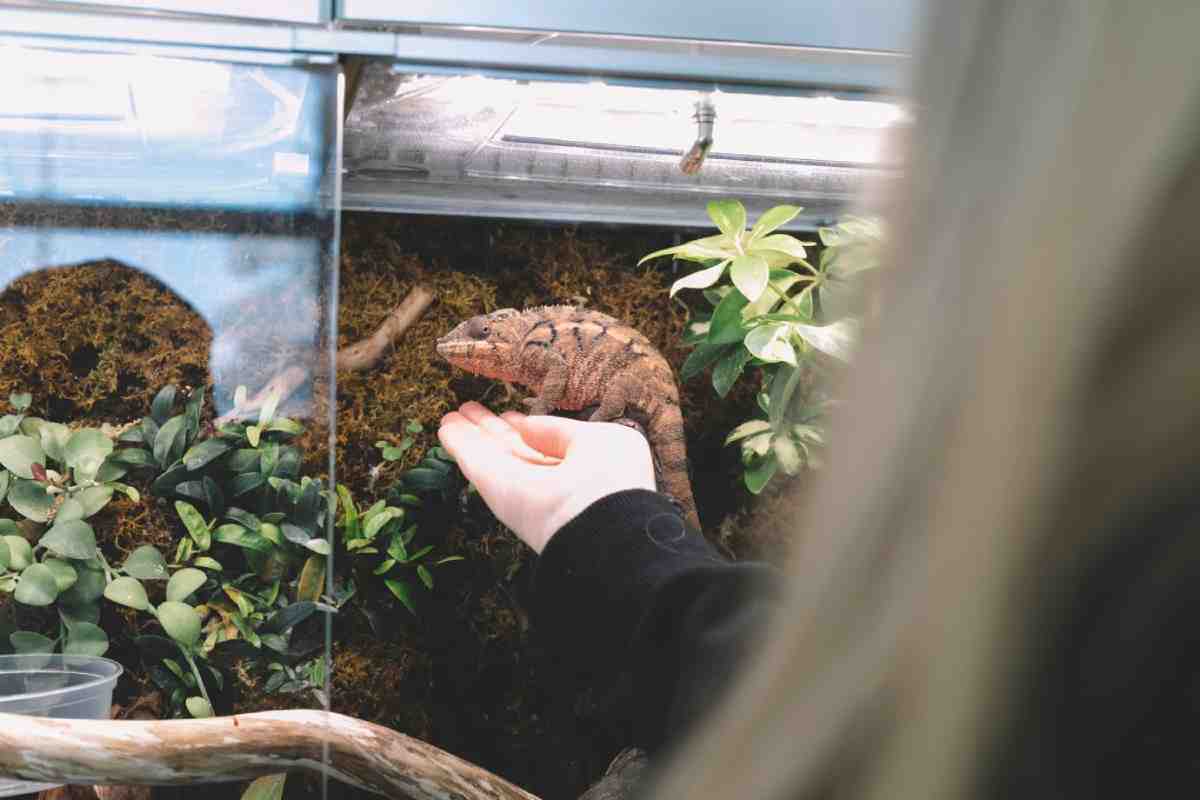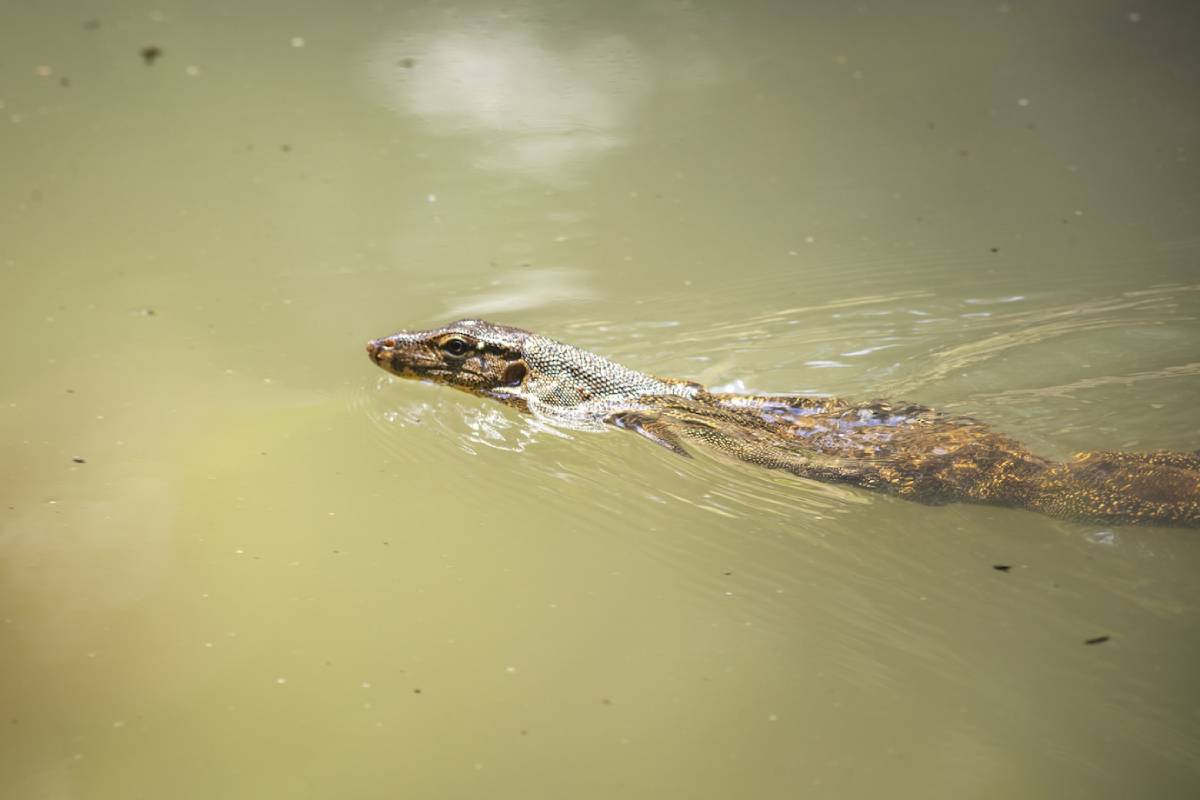
How to Hydrate Dehydrated Reptiles at Home
Hydration plays a vital role in your reptile’s health. Dehydration can quickly become serious. This is true for species that need external water sources. It can happen due to travel stress, wrong humidity, or missed misting sessions.
You can treat mild to moderate dehydration at home. Use safe and effective methods. This guide shows you how to spot dehydration. It also shares easy ways to hydrate reptiles. Plus, it gives handy misting tips to improve their health.
Pro Tip: The earlier you notice dehydration, the easier it is to correct — prevention starts with observation.
Quick Guide: Signs of Dehydration in Reptiles
- Sunken eyes or wrinkled skin
- Sticky or dry tongue
- Lack of appetite or sluggish behaviour
- Hard or dry faeces
- Trouble shedding or stuck shed
- Skin doesn’t bounce back when gently pinched
Important: Even if your reptile drinks occasionally, that doesn’t guarantee proper hydration — environment matters just as much.
Step-by-Step: How to Hydrate a Dehydrated Reptile
Step 1: Identify the Severity
Mild dehydration can be treated at home. Severe dehydration (sunken eyes, lethargy, or weight loss) may require veterinary help.
| Dehydration Level | Signs |
| Mild | Dry skin, slow shedding, reduced appetite |
| Moderate | Sunken eyes, visible wrinkling, sticky tongue |
| Severe | Lethargy, weakness, refusal to eat or move |
Quick Tip: Always err on the side of caution — if unsure, consult a reptile vet.
Step 2: Increase Access to Clean Water
Every reptile species drinks differently — tailor your approach.
Water access options:
| Method | Best For |
| Water bowl | Terrestrial reptiles (e.g. geckos, dragons) |
| Dripping system | Chameleons and arboreal species |
| Manual syringe (no needle) | Emergency hydration under guidance |
| Live plant drippers | Tree-dwelling reptiles in bioactive tanks |
Pro Tip: Use shallow dishes with easy access — some reptiles won’t drink from deep or still water.
Step 3: Soak or Bathe Gently
Warm water soaks can help with rehydration and stimulate drinking.
How to do it:
- Use lukewarm water (30–32°C)
- Water level should reach the belly — never cover nostrils
- Soak for 10–20 minutes once or twice daily
- Monitor closely — never leave a reptile unattended
Species Soak Frequency Bearded Dragon Every 2–3 days (daily if dehydrated) Leopard Gecko Weekly or during dehydration Corn Snake As needed for hydration or shedding Sustainability Tip: Use a separate container, not the enclosure, to maintain cleanliness.
Step 4: Boost Humidity Levels
Tropical and semi-arid reptiles need humidity to stay hydrated. It helps their skin and breathing.
How to increase humidity safely:
- Mist twice daily using filtered or dechlorinated water
- Add a moist hide filled with damp sphagnum moss
- Use a humidity-retaining substrate like coco fibre or cypress mulch
- Cover part of the enclosure top to reduce moisture loss
Target Humidity Species 30–40% Bearded Dragons 50–60% Leopard Geckos 70–80% Chameleons, Crested Geckos, Tree Frogs Pro Tip: Monitor with a digital hygrometer — analogue versions are often inaccurate.
For a complete temperature control strategy, read Temperature and Humidity Control for Reptile Habitats.
Step 5: Mist the Reptile (Properly)
Misting isn’t just for humidity — it encourages licking and absorption.
How to mist safely:
- Use a fine spray bottle with warm water
- Mist gently over the body, avoiding direct sprays to the face
- Spray enclosure decor, plants, and leaves — especially in arboreal tanks
- Repeat 1–2 times daily, depending on species
Misting Zone Frequency Plants + décor Daily Reptile body (direct) Every other day unless species loves it Glass walls Optional — may increase visibility issues Quick Tip: Never use cold water — it can shock the reptile’s system.
Step 6: Offer Water-Rich Foods
Some reptiles don’t drink much water directly — they hydrate through diet.
Hydrating foods (depending on species):
- Hornworms, silkworms (90% water)
- Cucumber, melon, bell pepper (safe in moderation)
- Leafy greens like collards and romaine
- Moist fruit for omnivores (avoid citrus)
Species Hydrating Diet Tip Bearded Dragon Offer hornworms or watery veg Crested Gecko Mix in extra water with CGD Ball Python Ensure prey is fresh and thawed properly Pro Tip: Dust feeders with calcium after misting to avoid them washing off supplements.
Step 7: Adjust the Enclosure Environment
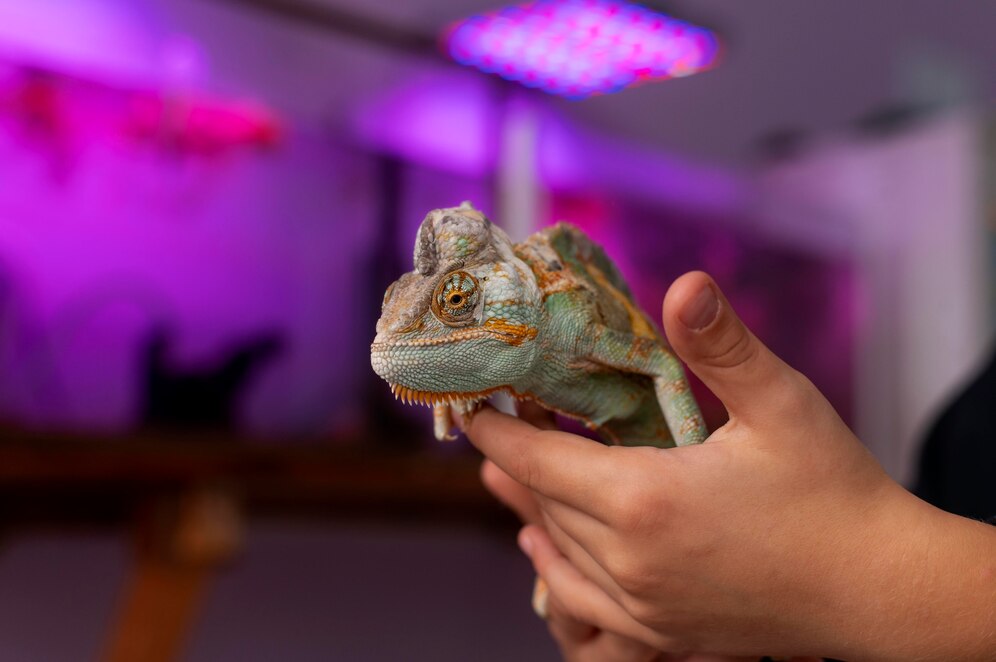
A dry environment is often the root cause of reptile dehydration.
Environmental adjustments:
- Add a cool hide with higher humidity
- Use a thermostatically controlled heater to avoid over-drying
- Avoid direct airflow from fans or air conditioners
- Ensure adequate night-time temperatures
Issue Fix Dry air Add a water bowl over heat source No humidity retention Mix in damp substrate or use moss Constant basking Ensure reptile has access to a cool side Monitoring Recovery and Long-Term Prevention
Daily Hydration Checklist
Task Frequency Refill water dish Daily Mist enclosure Once or twice a day Offer moist food Every 2–3 days Observe faeces and skin Daily Check weight (if possible) Weekly Quick Tip: Weighing your reptile can be an early indicator of fluid loss or recovery.
Common Mistakes to Avoid
Mistake Correction Over-misting in arid species Monitor humidity closely Using untreated tap water Use dechlorinated or reptile-safe water Ignoring symptoms for too long Act early — dehydration progresses fast Forcing water Always hydrate gently — avoid stress Pro Tip: Don’t assume one solution fits all. Tailor hydration to your reptile’s species and behaviour.
Frequently Asked Questions

Can I use electrolyte powder for my reptile?
Only under veterinary guidance. Some products exist, but dosage and species-specific safety vary.
My reptile won’t drink from a bowl — is that normal?
Yes. Many reptiles need dripping, spraying, or movement to recognise water. Try misting or offering droplets from a syringe near the mouth.
How do I know if the soaking is helping?
In a few days, the reptile often gets more alert, shows more interest in food, and has healthier feces.
Should I increase misting in winter?
Maybe. Indoor heating systems dry out the air — monitor humidity daily and adjust as needed.
When should I see a vet?
If you notice lethargy, sunken eyes, skin that doesn’t bounce back, or refusal to eat/drink for more than 2–3 days.
Hydration is the First Step to Healing
Water isn’t just a comfort — it’s a cornerstone of health. Noticing early signs of dehydration can help your pet recover. By using proper care for dehydrated reptiles, you give them the best chance to heal. Use a mix of hydration methods for reptiles. Always follow species-specific misting tips. This helps with immediate rehydration and promotes long-term health.
Be gentle. Be observant. Hydrate with care.
